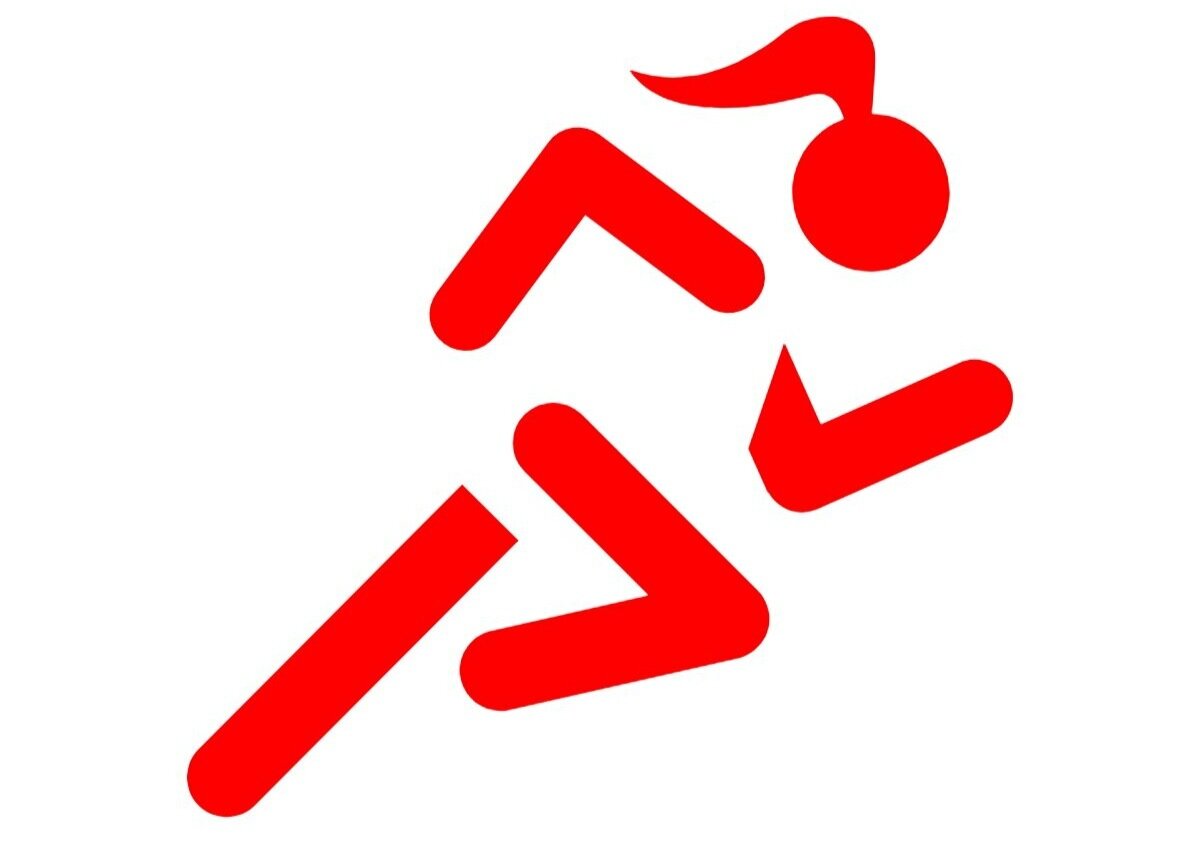Hips don’t lie
Running on trails, especially when it’s muddy, can lead to new aches and pains. This is due to your body needing to work harder to keep you stable (and upright). If you are running on slippery surfaces you may find that your hips start talking to you a bit more at the end of your runs or the next day.
This may leave you pounding the pavements in the winter months, but by filling in the back story, I want this post to get you back on the trails all year round.
Whilst you may not think it, gluteal muscles are part of your core and they have a day to day job of supporting the lower limb. On a flat and stable surface this role is balanced by the other job they have to enable movement at your hip joint (moving your leg back, out to the side and to turn your foot out). You might be able to work it out by yourself – when the surface is neither flat nor stable, the additional work to support your leg and keep you body upright is increased.
Aching legs? Sports massage can ease the pain and get you moving again
Moving down the leg, there will be additional work keeping knees and ankles in place – this is important work for normal movement but it is exaggerated when you’re running on mud, for example.
You could consider this extra strength training, and like any new training, it will take a while for your body to adapt. To speed this up make sure you are incorporating some strength training in your running schedule to help you prepare for muddy runs. By bringing squats and calf raises into your strength training, and working towards single leg activity, you will be stronger so your muscles can more easily cope with those uneven surfaces.
If you find yourself having overdone it, make sure that you maintain mobility in your routine, even when your muscles are aching. Stretching your glute muscles, calf muscles and quads are especially helpful in keeping your joints in good working order.
Hopefully this will encourage you to stick it out on the trails by changing your routine a little bit to look after the muscles around your hips.
